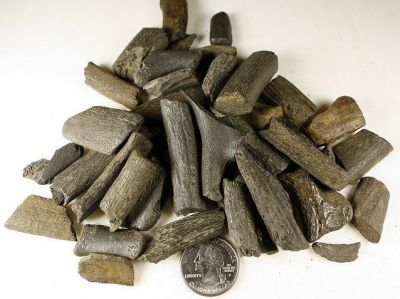

The experimental findings and clinical outcomes showed that multilevel defect fragment lengthening could provide sufficient bone formation and reduction of the total osteosynthesis time in one stage as compared to traditional Ilizarov bone transport. Both experimental and clinical multilevel lengthening to bridge bone defect gaps was performed with the use of the Ilizarov method only. This paper presents experimental findings to substantiate the use of multilevel bone fragment lengthening for managing extensive long bone defects caused by diverse aetiologies and shows its clinical introduction which could provide a solution for the problem of reducing the total treatment time. Long bone reconstruction using multilevel lengthening of bone defect fragments. The work represents the first example of a 3D bone fracture reconstruction system and addresses two new problems unique to the reconstruction of fractured bones: (1) non-stationary noise inherent in surfaces generated from a difficult segmentation problem and (2) the possibility that a single fracture surface on a fragment may correspond to many other fragments. A final optimization step is performed automatically to solve the N-body rigid alignment problem. A user then interactively selects fracture-surface patches in pairs that coarsely correspond. Each fragment surface is partitioned into intact- and fracture-surfaces, corresponding more or less to cortical and cancellous bone, respectively. The system aligns bone fragment surfaces derived from segmentation of volumetric CT scan data.

LawrenceĪ system for the semi-automatic reconstruction of highly fragmented bone fractures, developed to aid in treatment planning, is presented. Willis, Andrew Anderson, Donald Thomas, Thad Brown, Thomas Marsh, J.

The above findings supported the deoxyribonucleic acid (DNA) fingerprint evidence which, along with other evidence, was used to convict a man for the murder of his wife, evenmore » though her body was never recovered.« lessģD reconstruction of highly fragmented bone fractures X-ray microanalysis of darkened areas on the bone fragments revealed a chemical signature that matched the chemical signature of a shotgun pellet recovered at the scene of the crime. Microscopic and histomorphometric analyses confirmed that the fragments were from a human skull. DOE Office of Scientific and Technical Information (OSTI.GOV)ĭata obtained from various analytical techniques applied to a number of small bone fragments recovered from a crime scene were used to provide evidence for the occurrence of a fatality.


 0 kommentar(er)
0 kommentar(er)
